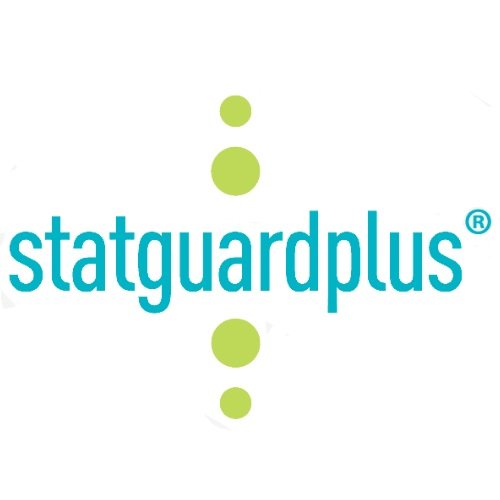Controlling Energy Costs in a Welding Shop - Series 2
Inverter Power Supplies.
There are now new ways to weld with new types of welding machines that have come along in the last decade. All are more efficient users of input electricity. And that is what this is all about, controlling input costs.
The first is called an “inverter.” Many arc welding machines sold today use far less energy than older models, even when they are idling. Newer units fitted with inverter power sources are lighter, more versatile and more energy efficient than those powered by older, transformer-rectifier power sources. They can produce a 98-99% deposition efficiency.
That means that almost all of the input amperage is used to weld rather than to heat the machine or unnecessarily heat the weld metal.
Most welders today are about 85% efficient.
This makes the inverter power source electric welder the most efficient type of welding when compared with other processes or older machines.
Yes, inverter welders use less input electricity. While the actual amount tends to be exaggerated, most experts agree that you'll save about 10% on your power bill. And because of its increased arc stability, inverter welders also use fewer consumables and welding shielding gas.
Energy Calculator.
A 200 amp welder will pull somewhere around 18 to 19 amps. So, a 100 amp welder will pull half the amount, that is 9 to 9.5 amps. Therefore, 9.5*230 volts=2185 watts=2.185kW. But remember, this calculation will be applied only if you run the welder continuously for 1 hour, which is not usually done.
That would mean that the cost of operating a 100 amp welder continuously for one hour would be 2.185 times the cost of one kilowatt of electricity at your location. But a welder is seldom used continuously but rather from 25% to 90% of the time.
-David F Ask
#HomeDepot #energy #thermostats
Don’t Touch! #smallbiz #restaurants
Save Energy! #energy #hvac #thermostat #smallbiz #facilities #realestate
#leadership #summer #retail #lowes #homedepot
